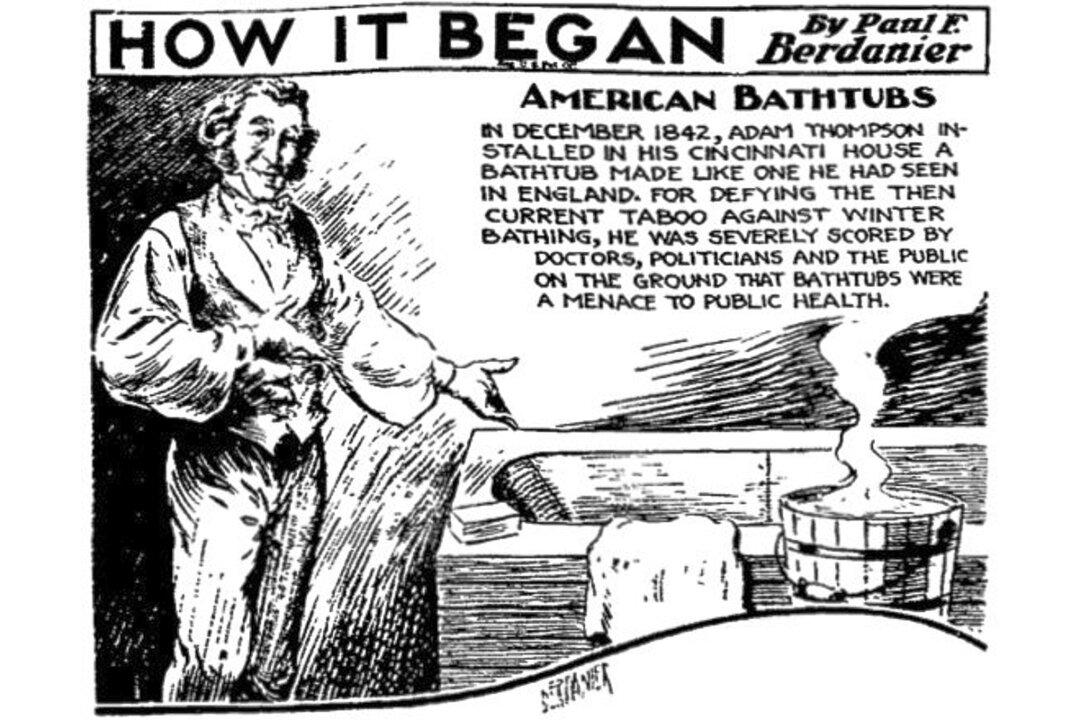It’s in all the economic headlines now: After years of academics worrying about falling prices, the inflation threat is back.
“Inflation is back in the spotlight. Are we in for some surprises? First, let’s look at pipeline prices. The producer-price index, a gauge of what businesses are paying, jumped 3.4 percent from a year earlier in June. That’s the strongest gain since late 2011, when oil was going for more than $100 a barrel.
“Companies can’t always pass on costs, so rising producer prices don’t necessarily translate to higher consumer prices. But economists expect the headline consumer-price index rose 2.9 percent in June, the biggest gain in more than six years. Strong economic growth and rising input costs are—finally—resulting in more noticeable inflation.”
And it’s not just about oil. The impending trade war is threatening to push prices up, too, the Journal writes:
“The Fed has thus far assumed tariffs were too small to affect inflation. Maybe not much longer. Ian Shepherdson of Pantheon Macroeconomics estimates the U.S.’s 10 percent tariff on another $200 billion of Chinese imports could boost the core consumer price index by 0.6%, assuming competitors also raise their prices. That would add a one-time 0.6 percentage point boost to the annual inflation rate.”
“AIER’s Everyday Price Index (EPI) jumped 0.9 percent in May, above the 0.4 percent gain in the Consumer Price Index. ... The EPI including apparel, a broader measure [than CPI], gained 0.7 percent in May as apparel prices fell sharply after four consecutive monthly increases. ... Over the past 12 months, the EPI has risen 3.6 percent, the fastest pace since February 2012, while the EPI including apparel is up 3.4 percent, its fastest pace since March 2012.”
Inflation Is Always a Monetary Phenomenon
Not every increase in prices should be called inflation. When economists measure inflation with a price index, they are really seeking to discover the impact of monetary policy on prices. Using “inflation” to describe every jump in prices—even those clearly attributable to supply changes in oil or tariffs—is getting too reckless concerning cause and effect.Inflation is the condition arising when purchasing media (currency and credit) is made available to the public at a faster rate than goods are made and brought to market. Inflation therefore causes a lack of balance between the purchasing media made available to and used by the public and the normal value of goods offered in the market. Excess, or inflationary, purchasing media make possible greater demand when there have been no corresponding additions to supply, with a resulting disturbance of equilibrium, which of course is reflected in the price level.
Today, the meaning of inflation is all mixed up so that if prices rise for reasons having nothing to do with monetary policy, it is still and wrongly called inflation.
Why should this matter so much? Higher prices are an effect of inflation, not the definition of inflation. Expansions of money and credit from the central bank can have other effects, such as distorting the investment patterns and the relationships between the capital- and consumer-goods sectors. A good example is the 1920s, when inflation did not show up in anything like a measurable index of price increases.
“From 1922 to 1929, as a result of these policies, there was renewed inflation in the United States. It was indirect, by means of excess investment to money savings, and at the time few realized what was going on. The results have been most unfortunate. Now, it seems to me, you are urging us once more to try the policies which have brought disaster in the past.”
In short, just because the prices of gas, cars, jeans, and grains rise, that does not mean inflation is on the increase. Nor is it the case, contrary to Keynesian orthodoxy, that somehow rising wages are going to trigger a general increase in prices. Indeed, the attempt to mash all price trends into a single statistic creates many illusions.





